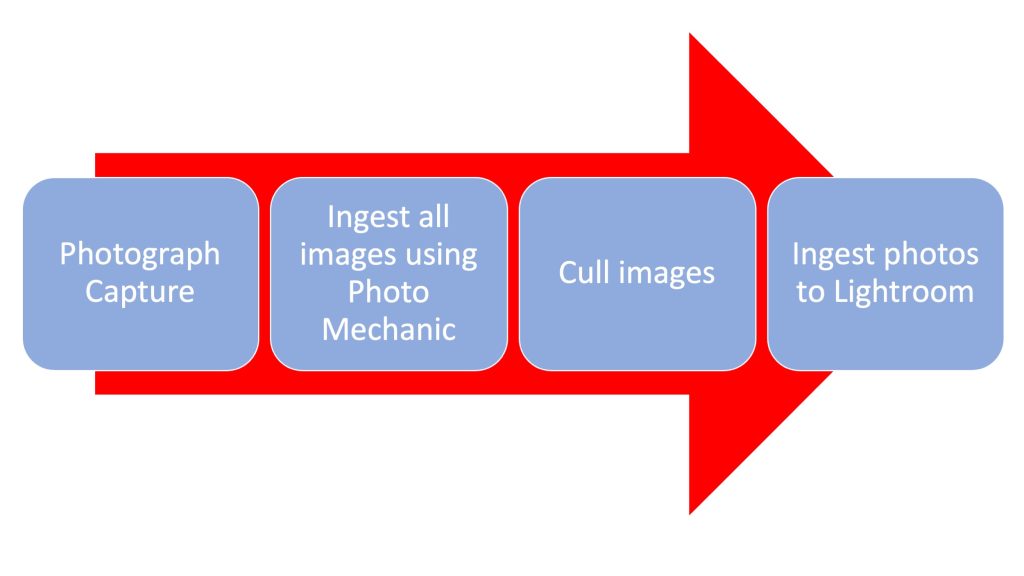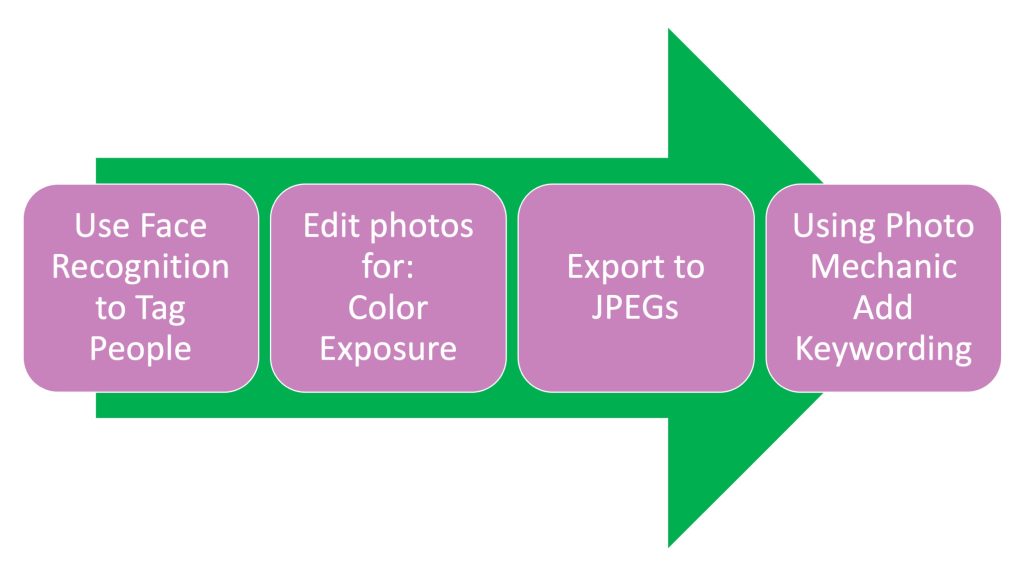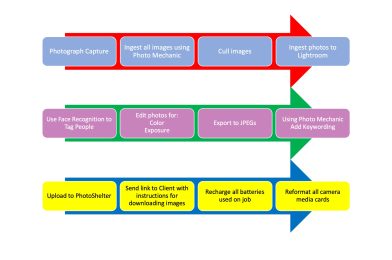For individuals like myself, who are part of the autism spectrum, routine isn’t just a preference; it’s a vital component of our daily lives. Over my extensive career as a professional photographer spanning over 40 years, I’ve discovered the immense value of routine in navigating the complexities of my craft.
Autism often brings with it a strong affinity for order and predictability. This sentiment resonates deeply with me, as I’ve found that adhering to a structured workflow significantly enhances my ability to produce exceptional photos and videos. While this might seem like a personal quirk, it stems from a fundamental aspect of autism: the need for stability and consistency.

In the fast-paced world of photography, where digital workflow is paramount, routine becomes even more critical. My meticulously crafted workflow is the cornerstone of my creative process, guiding me through each project with precision and efficiency. Following a familiar routine, I can navigate the complexities of shooting, editing, and delivering high-quality work to my clients.
One of the key insights I’ve gleaned from my experience is the profound impact routine has on reducing stress and anxiety. While demanding projects and tight deadlines, sticking to my established routine provides a sense of calm and control. This improves my overall well-being and enhances my ability to perform at my best.

Moreover, routine acts as a catalyst for productivity and creativity because after many years of adhering to a workflow formula, it frees my mind. By streamlining my process and eliminating unnecessary variables, I can focus my energy on capturing the perfect shot or crafting a compelling narrative. This laser-like focus is essential in an industry where attention to detail can make all the difference.
Of course, there are times when the demands of my profession push me outside my comfort zone. Back-to-back projects and unforeseen challenges can disrupt my carefully curated routine, leading to feelings of unease. However, I’ve learned to adapt and persevere, drawing strength from the resilience that routine has instilled in me.

In essence, routine isn’t just a preference for individuals with autism—it’s a superpower. By embracing the need for order and structure, I’ve transformed my neurodiversity into a distinct advantage in the competitive world of photography. Through consistency, dedication, and a steadfast commitment to my craft, I’ve unlocked new levels of success and fulfillment, proving that routine is the key to unlocking my photography potential.

